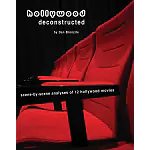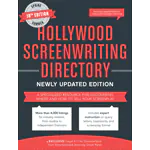Tag: story planning
Structure Vs Free-Form Script Writing
Screenwriters, novice and pro, will inevitably have their own contrasting methodologies for writing a screenplay and you will often hear conflicting rules to adhere to from prominent screenwriting gurus…
Don’t Have Too Many Characters
When you’re planning your screenplay make sure you only include the characters you need in order to tell your story. It may sound like an obvious statement but many…



